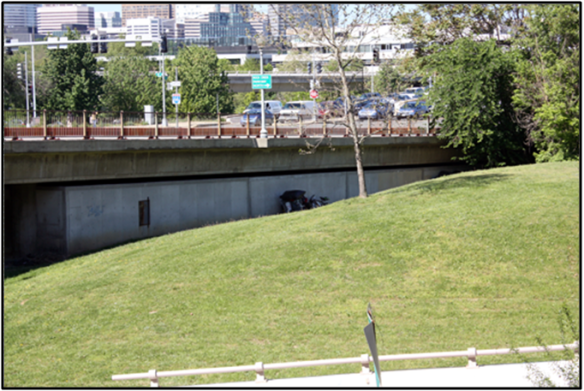One hundred and sixty-three years ago this Thursday, gas lights replaced oil lamps in the U.S. Capitol. On the evening of Thursday, November 18, 1847, gas made in a plant beneath the Capitol flowed through newly installed pipes and into light fixtures throughout the building. “We witnessed last evening one of the most splendid and beautiful spectacles we ever beheld,” reported one Washington newspaper the next day. “It was the first time that the gas-lights of Mr. James Crutchett were exhibited.”
James Crutchett (1816-1889) was a self-styled engineer who briefly gained fame in 1847 for installing a gas-fueled lantern atop the Capitol dome in a failed bid to secure a contract to light the nation’s capital city. Crutchett spent the final 45 years of his life in Washington and his entrepreneurial exploits have largely been overlooked by Washington historians. His Capitol lantern scheme became a sidebar to architectural histories of the Capitol and his four decades as a gas man are little more than a footnote in the narratives on the history of Washington’s gas infrastructure. Continue reading





